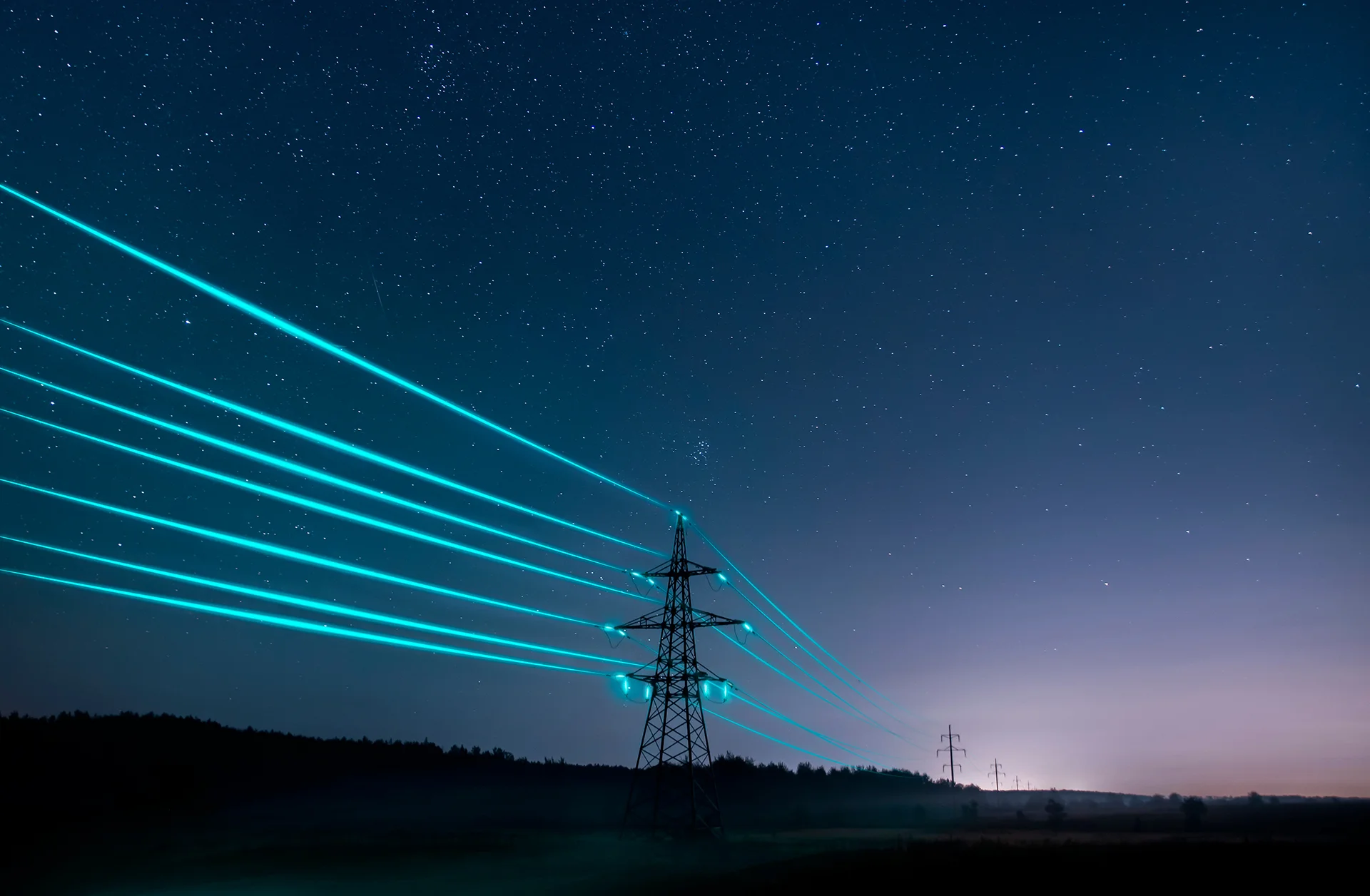We enable you to make better decisions about your energy operations.
Why do we need Allocation 2.0?
Ben Olierook
What is energy allocation?
The energy market knows multiple roles, which are all required to make it work. In addition to energy producers and consumers, it also consists of grid operators, suppliers and balance responsible parties.
Apart from the physical transport of electricity and gas using national and regional grids, in parallel the market has also made arrangements regarding the ‘digital transport’ of energy. In other words: an energy market data model. In an ideal world these two are identical, in real-time. Unfortunately, they are not. Far from it.
To prevent energy outages due to system over- or underload, we need ‘the accounting side’ of the energy market covered. Who produces and uses what, at which moment? Grid operators assign or - otherwise put - allocate the consumption and production of energy on the grid to the associated parties. Therefore, we call this process allocation. This model of allocating energy to grid points will change drastically the coming years, therefore the market program was named Allocation 2.0.

Changing market dynamics
It is becoming increasingly more difficult to properly balance the energy grid due to the increase of uncertainty. Energy flows are becoming more and more unpredictable given the sustainable course the energy market is on. This course has so far led to a significant increase of solar and wind in the energy mix on the grid and consumers and businesses increasingly becoming dynamic actors on the energy market. They are i.e. installing solar panels on their roofs, (V2G) charging stations for their electric cars and heat pumps to convert electricity into heat. Some are even shifting to dynamic contracts and changing their (energy) behavior based on market prices. Energy production is thus becoming less predictable due to weather influences and energy consumption is shifting towards both injection and offtake, with more and more electrical appliances being used, having their own new behaviors.
So, in short: Uncertainty.
And with uncertainty come risks, leading to price peaks and considerable risk premiums. At the other end, new opportunities arise when you are able to use these trends for your advantage.
Allocation 1.0
To let these trends to work for you, you need good information to steer on. Unfortunately, the current allocation model (1.0) is unequipped to generate those necessary insights. The model is still based on a much simpler time, with a small number of (mainly) large gas and coal fired power plants and a rather predictable group of energy consumers.
In addition to the outdated data model, we also see this in the physical world. With grid operators showing red maps explaining the grids are full and can no longer absorb additional sustainable production.
While larger grid points are already measured by telemetric meters which are able to send data per 15 minutes, smaller grid points are still not measured individually, despite having smart meters in place. And in both cases the data model has not included different time series for injection and offtake, completely disregarding the existence of local, small scale energy production altogether.
Wrong incentives
As a consequence of not having all factors accounted for in the data model, energy is often being allocated incorrectly to balance responsible parties. Off from the physical truth on the grid. As a balance responsible party you must pay imbalance costs if you are off on your predications. And since the model itself is wrong and incomplete, these imbalance calculations are also false.
This has resulted in balance responsible parties becoming good at predicting what they will be allocated (digital truth), not what their actual result on the grid has been (physical truth). But being off physically is the actual cause of imbalance on the grid. Do you still follow?
As a result, due to poor transparency, effective (price) incentives to prevent grid imbalance are now lacking. An updated model is therefore really needed to prevent a downwards spiral.
Allocation 2.0
More, better and timelier data should lead to less actual imbalance (costs) on short term and less reconciliation volumes to be settled on the long run. Those are in short the core goals of the Allocation 2.0 program, which should additionally lead to a large number of positive side effects.
Allocation 2.0 will lead to a reset of the entire approach on measuring, allocating and settling of energy on the grid between all market parties. In addition to the data improvements, it also means new business processes, shifting roles and new technologies. Given the size and impact of the program, it will be executed in several tranches to keep it manageable for all stakeholders.
At this moment we are in the midst of the second tranche and at least foresee 2 additional tranches in 2023 and 2024. The coming months we will publish several articles on the contents of the tranches.
Energy21 is here to guide you
Being the biggest change in years for the energy market, Allocation 2.0 is a real game changer. We understand it can be a lot for your organization to digest. Energy21 can help you overcome the challenges Allocation 2.0 brings and transform those into a catalyst for positive change. We can help your organization in two ways, with our robust and effective energy data software suite EBASE and our experienced energy consultants.
Having been around for 25 years, we have seen our fair share of market programs and also look forward to this one. With our unique combination of tech and consultancy, we are the right partner to steer you through this transition and helping you master ‘the new game’.


 Close
Close 
.jpg?resolution=450x275&quality=95)

